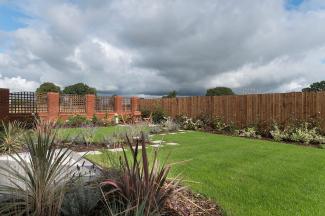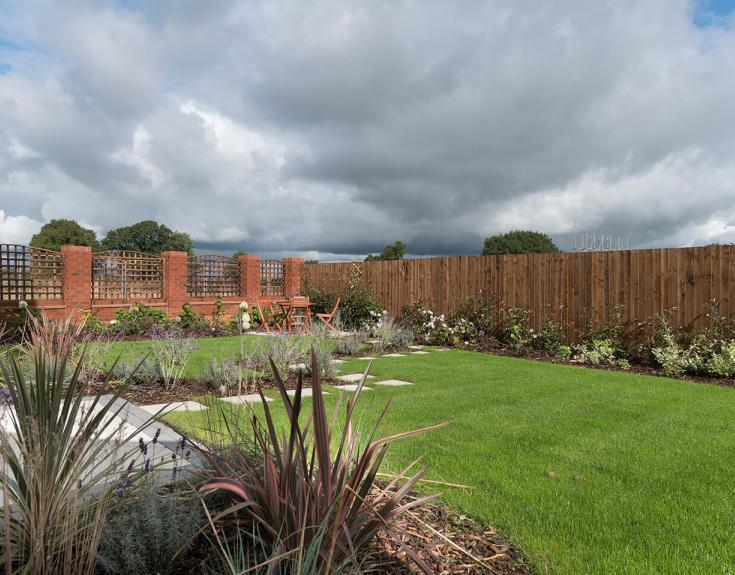Every lawn is unique. You may even notice that yours looks and behaves differently from your immediate neighbours’. This can be down to the precise lay of the land, the amount of light and shade your gardens get, the soil conditions, the orientation of your garden and when the seed or turf was laid. We recommend you take your time and give your lawn plenty of TLC while it’s ‘knitting’ together.
No matter what time of year your new lawn was laid, it shouldn’t be disturbed until it has ‘knitted’ – i.e. the turf has formed strong roots in the soil below. We recommend 6 months, although this could be slightly less or a lot more depending on conditions when the lawn was laid. It will take a full 12 month cycle for the lawn to knit and start to become established, and for the natural drainage routes to open up. A little patience at the start will be rewarded with a lovely, healthy lawn for many years to come.
Here are some handy tips for looking after your lawn in the first few months, when it needs a little extra TLC.
Watering and Feeding
WATERING
Water the lawn daily especially during the hotter summer months. Be careful to water in the cooler parts of the day, early morning and evening. Try not to over water as this can cause water logging and soil shrinkage
- Irrigate as necessary depending on weather conditions in the third and following weeks
- We recommend using a sprinkler attached to a hosepipe. Ensure the sprinkler is on for approximately 30 minutes on each area. Tip: if your ground is soft, use a plank to spread your weight across the area when moving your sprinkler
- Pay particular attention to edges and corners. If gaps appear between the rolls of laid turf, then more water is require
FEEDING
- During the spring and summer growing season, grass needs a nitrogen rich fertilizer
- Phosphorus during the late autumn and winter
Mowing and Rolling
- Mow your lawn 2-3 weeks after your new turf has been laid. You may need to do this earlier during the spring and summer seasons depending on how dry the ground is. To test if the lawn is ready to be cut for the first time, tug on the grass slightly. If the turf lifts up, wait and try again in a few days time. If some of the grass comes away, then it’s the right time to cut for the first time.
- During Autumn you should continue to mow your lawn and use a fertilizer with potassium to strengthen the lawn and help to protect it against frost.
- During Winter, you’ll need to rake leaves and remove any broken twigs or branches so that your lawn can breathe. The leaves can be used to mulch flower beds and protect them from frost too.
- Initially cut with a blade height of 4-5cm. To ensure continued good growth, your first cut should never remove more than 25% of the total plant
- Pay attention to the edges. If your turf starts to curl up or shrink, a light rolling within 7 to 10 days should rectify this.
- As the ground acclimatized around your property, the lawn may undulate and settle. Light rolling or top dressing maybe required as part of your ongoing maintenance to address this.






